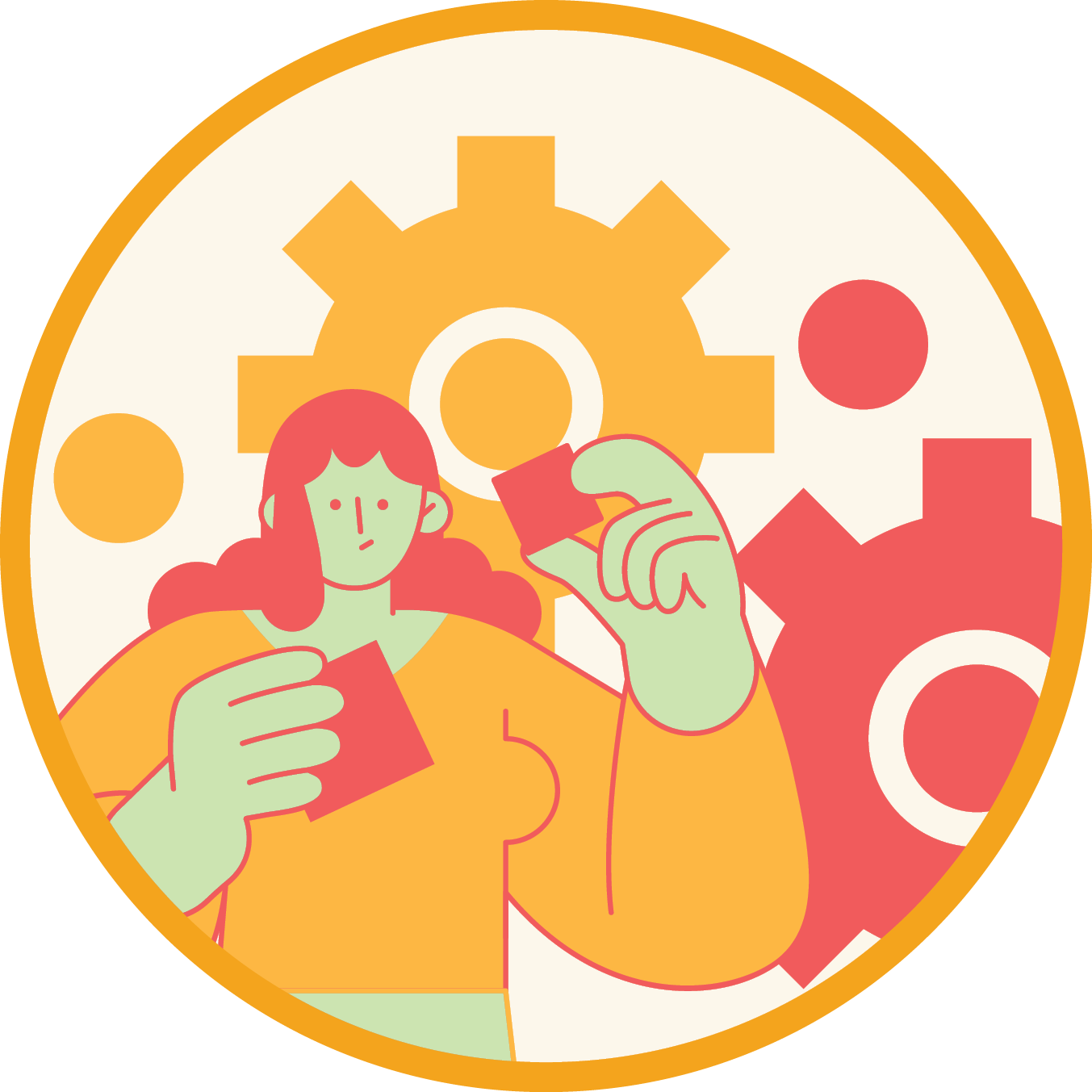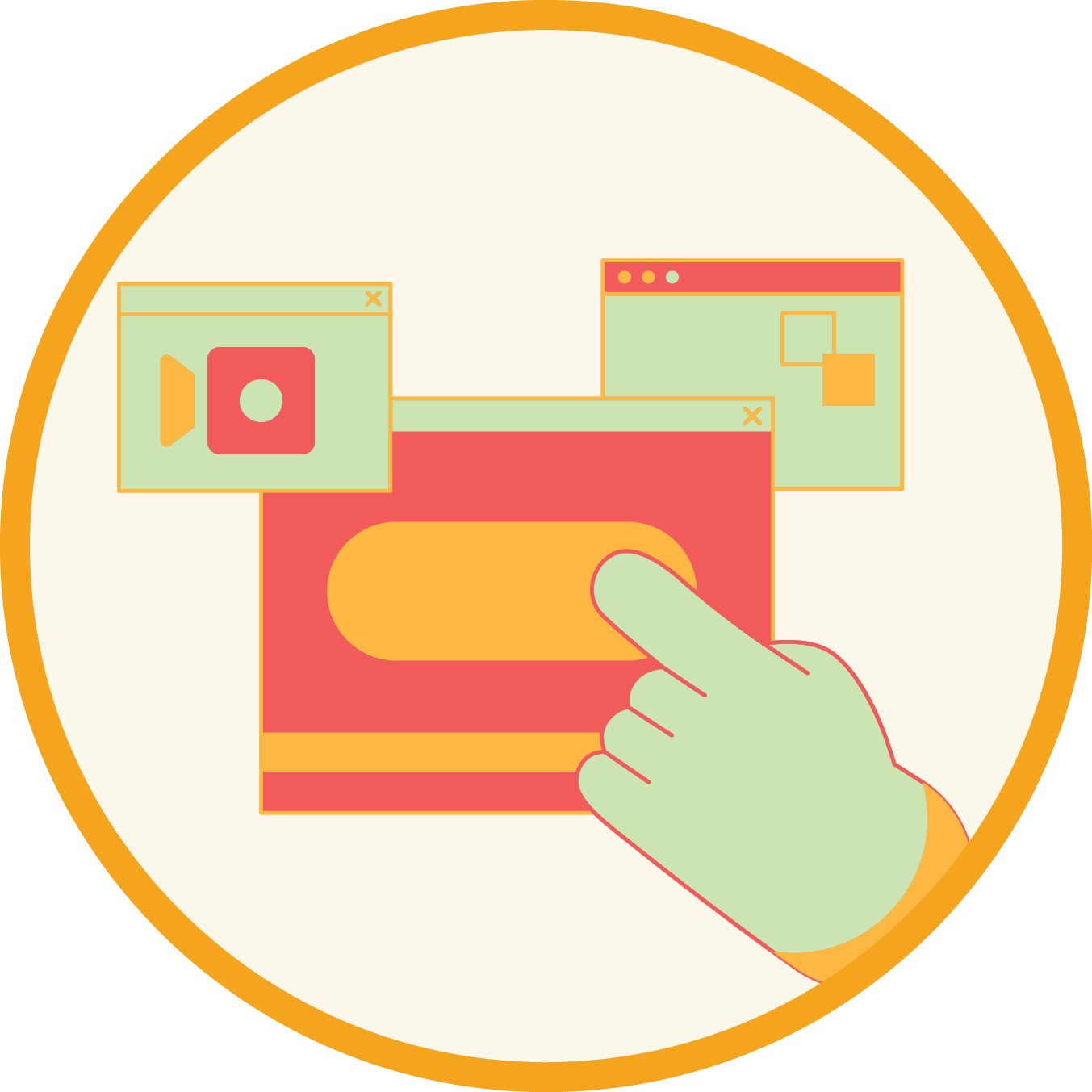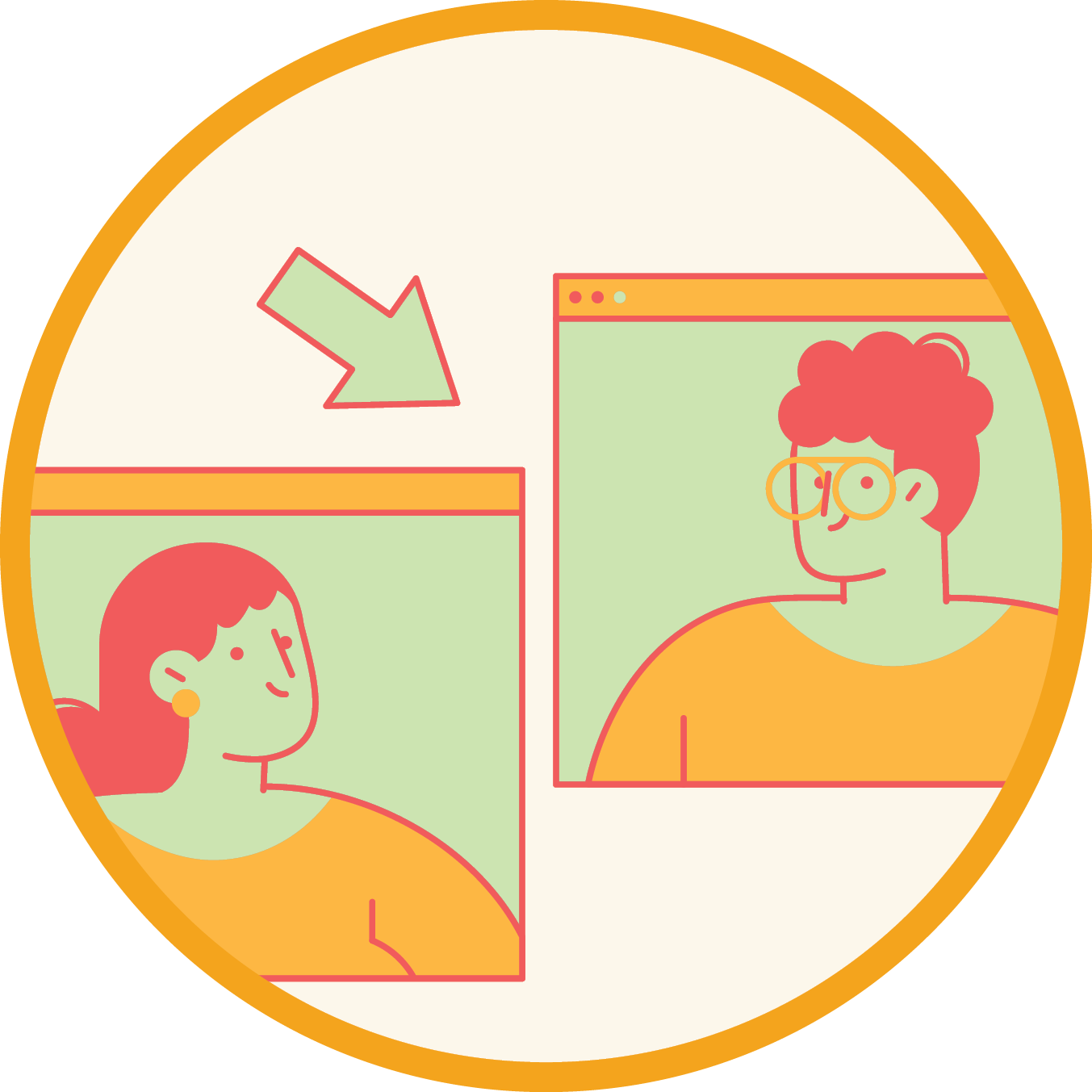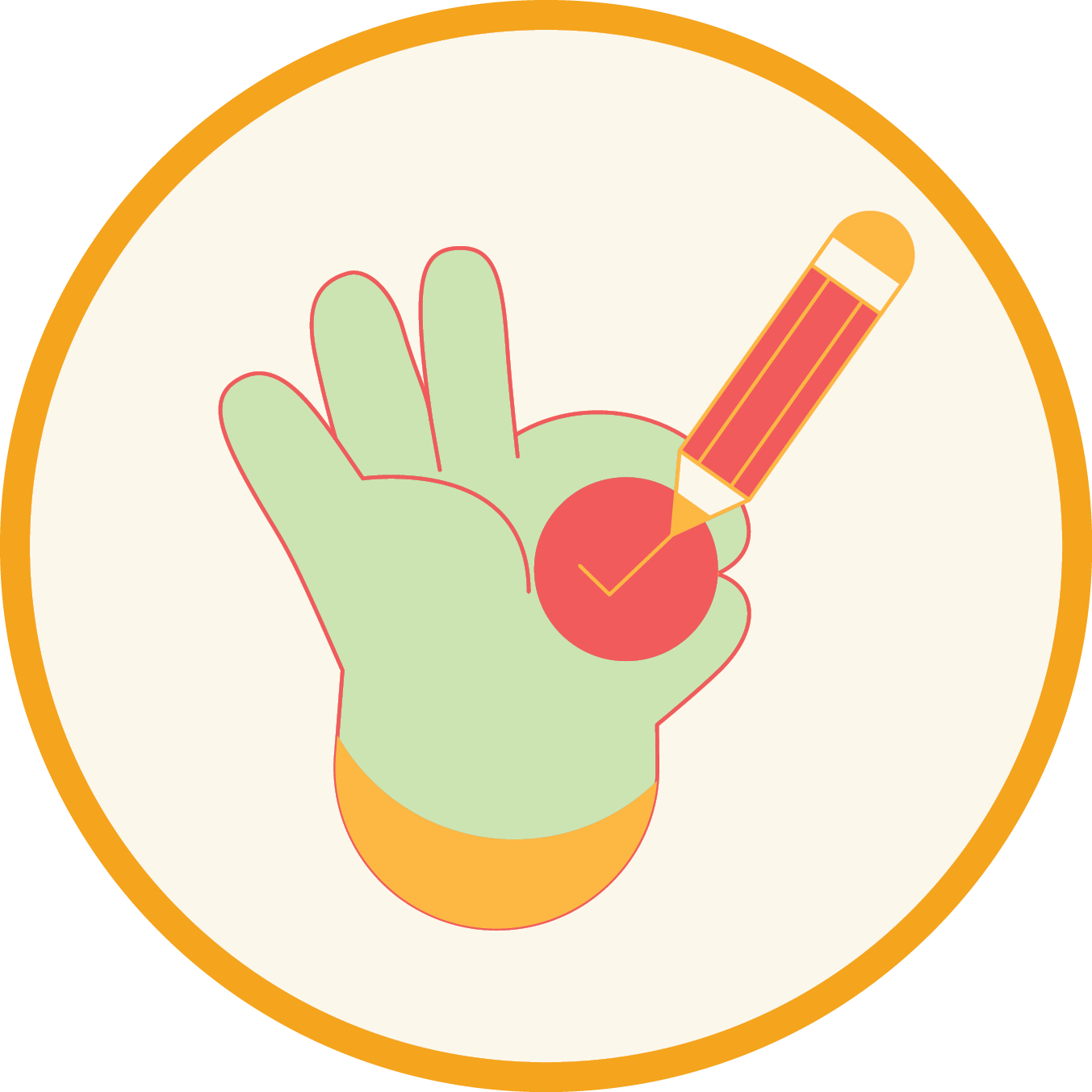

Class Projects
Students will build, test, and publish their own projects in Processing Java.

CODING PLATFORM
The KTCoder all-in-one coding platform supports our interactive online classes, our specialized curriculum, and our students’ passion for learning.

STUDENT HELP HOURS
Help hours are led by our highly qualified teaching assistants. It is an easy and free way to get immediate feedback on your code.

PROGRESS REPORTS
KTBYTE will e-mail parents with behavior and grade progess reports.

COMPLETION CERTIFICATES
Students can request a certificate of completion once they finish each course.
Class Description:
description
Prerequisites
Loading prerequisites...
Class Description:
description
Prerequisites:
Loading prerequisites...
Related Classes
Syllabus:
Conditionals Review
The backbone of any program is the conditional statement, or "if" statement. It is what allows us to create branching paths in our code, and requires a sound understanding of boolean values. Today, we will practice using conditionals to make a clicker game.
Sprites
Today, we will learn how to use the Sprite library in Processing. We will explore the functions and variables that come with this library and use them to build a game.
Probability
In this class we explore probability and randomness to simulate dice rolls and other random events. We'll see how probability changes when we add random events together and use this as the foundation for a board game simulator.
Arrays Review, Snowman Game
Today, we will be reviewing arrays and loops. We will then use those concepts to make a word guessing game.
Loops and Perlin Noise
This class continues our exploration of randomness and by comparing randomly generated numbers to Perlin noise. Then we'll use this concept and nested for loops to create an interactive map generator.
Using Multiple Arrays
Now that we're more confident with Arrays, we can start using them to model physics and explore the idea of vectors. In this lesson, we will create a simulation of objects that move around independently, bounce off each other, and attract other objects with gravity.
Song Generator
We continue learning about arrays in this class and introduce the SoundCipher library. This library allows us to work with arrays and random indexes to create our very own song generator.
Translations
In this class, students explore the concept of translations in geometry by creating a moving "camera" that follows their player Sprite from scene to scene.
Rotation
Today, we continue building our transformations knowledge by introducting the rotate function. In combination with the translation code we learned last class this will help us build an art generator!
Challenge Quiz
Today, we will be participating in a challenge quiz createdby our KTBYTE instructors! Students will be tasked with solving computation problems at various skill levels.
Maze
Today we'll use what we've learned about Sprites, arrays, and loops to make our own maze game!
Breakout/ Brickbreaker
We will be creating a game modeled after Atari Breakout. In order to do this we'll learn how to make Sprites bounce off each other and the edges of the canvas. We'll also need to remove our bricks from the canvas as we break them.
Projectiles
Today we'll use what we've learned about Sprites to create a turret game. This will involved keeping track of our projectile Sprites in an array and randomly creating enemy Sprites that attack our player.
Projects
Students choose web game which we analyze and break down into their component parts.
Projects Continued
Work on your projects during class.
Projects Continued
Worked on projects during class
Syllabus
Conditionals Review
The backbone of any program is the conditional statement, or "if" statement. It is what allows us to create branching paths in our code, and requires a sound understanding of boolean values. Today, we will practice using conditionals to make a clicker game.
Sprites
Today, we will learn how to use the Sprite library in Processing. We will explore the functions and variables that come with this library and use them to build a game.
Probability
In this class we explore probability and randomness to simulate dice rolls and other random events. We'll see how probability changes when we add random events together and use this as the foundation for a board game simulator.
Arrays Review, Snowman Game
Today, we will be reviewing arrays and loops. We will then use those concepts to make a word guessing game.
Loops and Perlin Noise
This class continues our exploration of randomness and by comparing randomly generated numbers to Perlin noise. Then we'll use this concept and nested for loops to create an interactive map generator.
Using Multiple Arrays
Now that we're more confident with Arrays, we can start using them to model physics and explore the idea of vectors. In this lesson, we will create a simulation of objects that move around independently, bounce off each other, and attract other objects with gravity.
Song Generator
We continue learning about arrays in this class and introduce the SoundCipher library. This library allows us to work with arrays and random indexes to create our very own song generator.
Translations
In this class, students explore the concept of translations in geometry by creating a moving "camera" that follows their player Sprite from scene to scene.
Rotation
Today, we continue building our transformations knowledge by introducting the rotate function. In combination with the translation code we learned last class this will help us build an art generator!
Challenge Quiz
Today, we will be participating in a challenge quiz createdby our KTBYTE instructors! Students will be tasked with solving computation problems at various skill levels.
Maze
Today we'll use what we've learned about Sprites, arrays, and loops to make our own maze game!
Breakout/ Brickbreaker
We will be creating a game modeled after Atari Breakout. In order to do this we'll learn how to make Sprites bounce off each other and the edges of the canvas. We'll also need to remove our bricks from the canvas as we break them.
Projectiles
Today we'll use what we've learned about Sprites to create a turret game. This will involved keeping track of our projectile Sprites in an array and randomly creating enemy Sprites that attack our player.
Projects
Students choose web game which we analyze and break down into their component parts.
Projects Continued
Work on your projects during class.
Projects Continued
Worked on projects during class